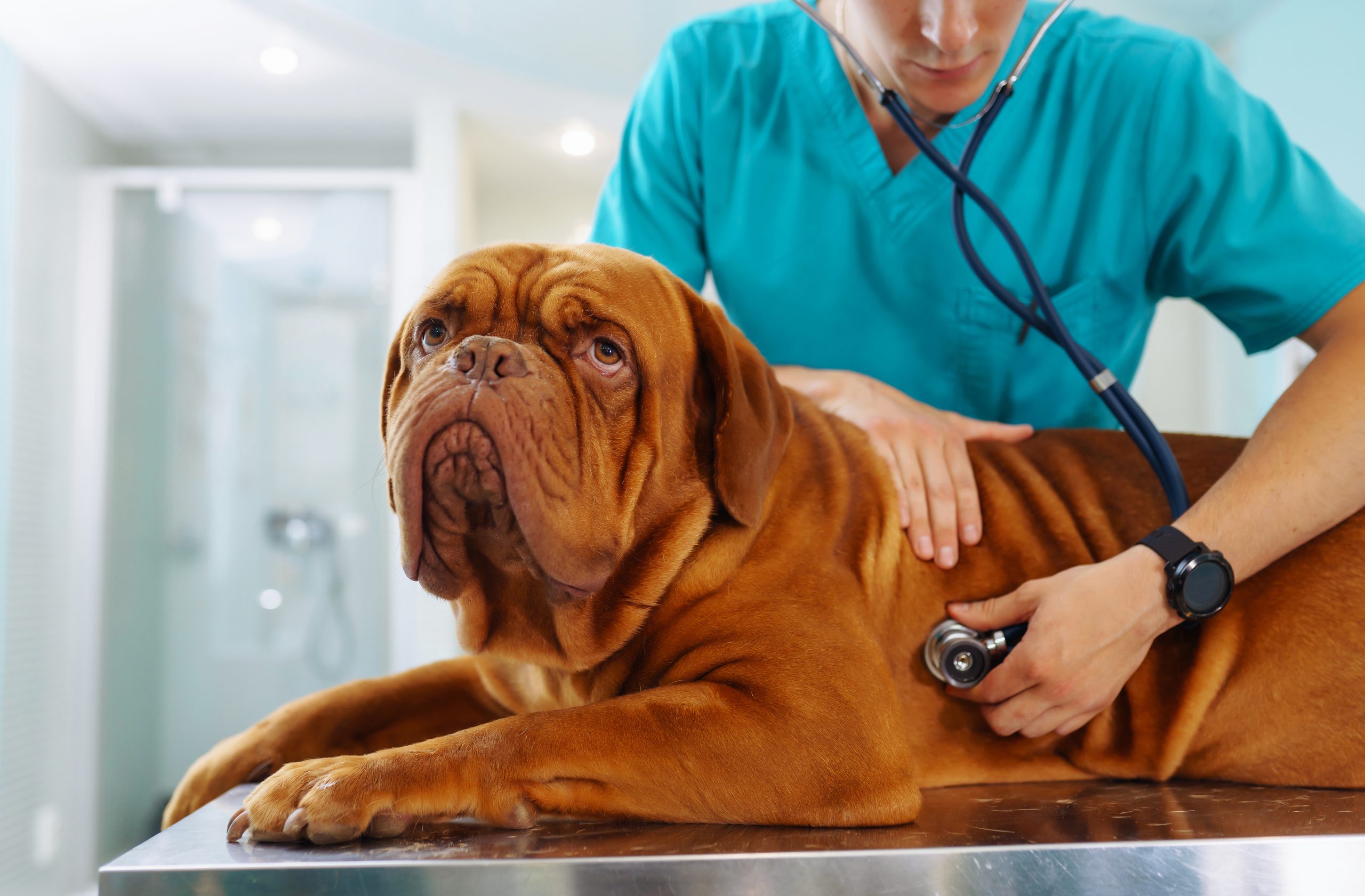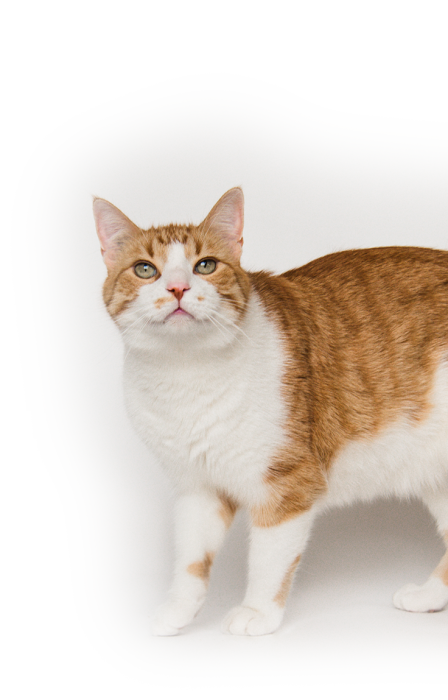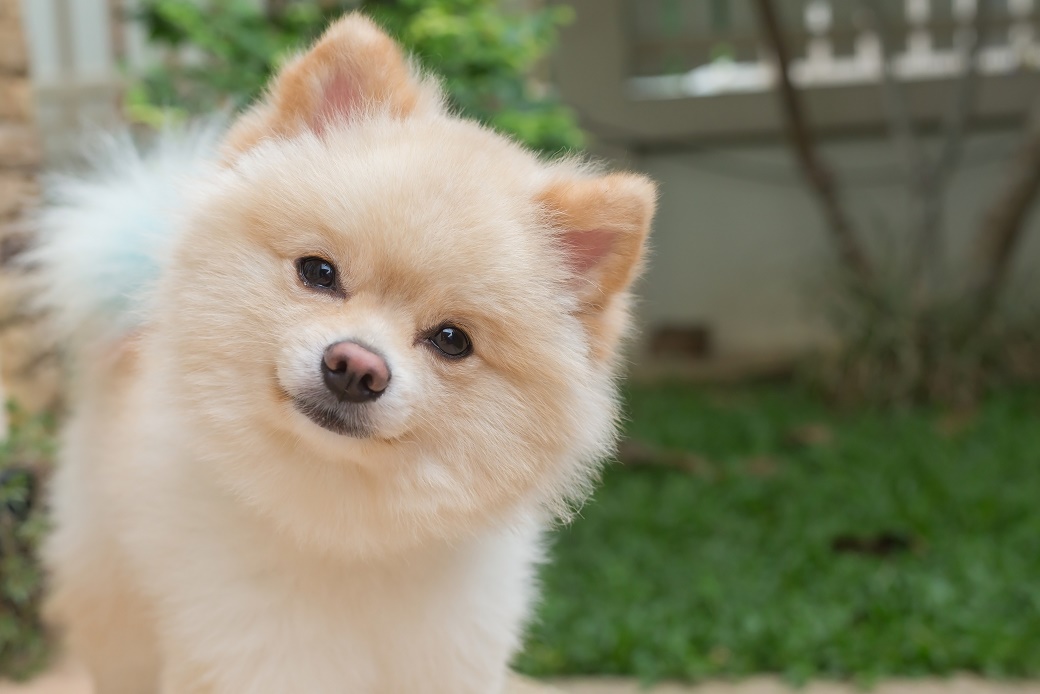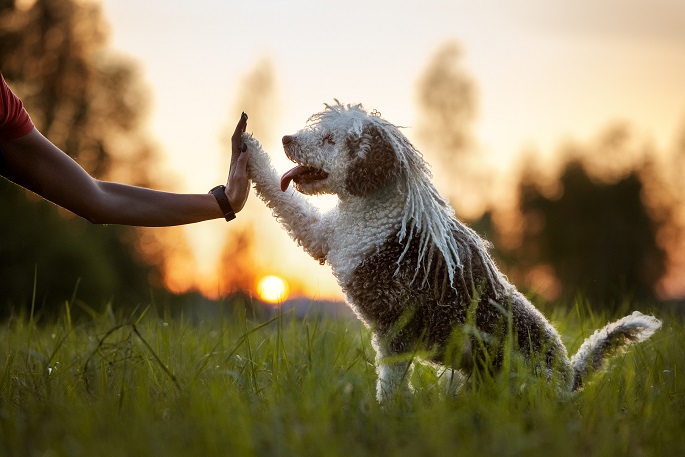Many pets become uneasy when it is time for nail trims or grooming. We often see dogs pull away, cats hide, or nervous animals show signs of stress. Our goal is to create a calm approach that makes these small tasks manageable in the comfort of home. With the right steps, we can keep both pets and people relaxed during routine care.
Understanding Why Pets Fear Nail Trims
Animals naturally guard their paws, and when we handle them it can feel uncomfortable or threatening. A sharp sound from clippers, a past quick cut, or even restraint during vet visits can build anxiety. Recognizing these reasons helps us shift our technique to reduce fear. By moving slowly and creating positive associations, we show pets that the process is not harmful. The focus should always be on patience rather than speed.
Preparing the Space for Calm Care
Environment matters when grooming at home. We need a quiet area without sudden noise or busy movement. Placing a non-slip mat on the floor or table prevents sliding, which makes pets feel more secure. Having all supplies nearby ensures that we do not stop midway, which can increase stress. Soft lighting, familiar blankets, or even calming background music may also lower tension. Our team often finds that repeating a soothing phrase helps pets settle faster.
Tools That Make the Job Easier
The right tools reduce both risk and stress. Sharp clippers or grinders designed for the size of the pet prevent uneven pressure. Styptic powder should always be within reach in case of accidental bleeding. For grooming touch-ups, blunt-tipped scissors or a safe detangling brush work well. Using small amounts of cornstarch can help free mats without pulling too hard. Keeping tools clean and comfortable to hold also improves the experience for everyone.
Step-by-Step Approach to Nail Trims
We never rush into clipping. First, we let pets sniff the clippers or grinder so they see it as harmless. Gently touching the paw and offering a treat before any trimming begins builds trust. We usually trim just the tip of one nail, then pause and reward. Breaking the task into short sessions reduces fear, especially for nervous pets. With practice, animals often tolerate more nails at a time without struggle.
Using Positive Reinforcement
Rewarding pets during grooming builds a strong link between the task and a pleasant outcome. Small, tasty treats work well, but calm praise or a favorite toy can also motivate. Timing is important. We give rewards immediately after cooperation so the pet connects the action with the reward. If fear increases, we stop and let the pet regroup before continuing. In time, this method helps pets approach nail trims without dread.
Grooming Touch-Ups for Comfort
Apart from nails, simple touch-ups improve comfort at home. Brushing out loose hair reduces shedding and helps skin breathe. Carefully trimming hair around the eyes or paws prevents irritation. We also check for small mats that might hide on the belly or behind the ears. Quick maintenance avoids larger grooming sessions that may overwhelm pets later. These gentle habits make pets feel better while keeping grooming sessions shorter and easier.
When to Ask for Professional Help
Even with patience, some pets remain fearful or resistant. In these cases, having a professional step in can help. Some animals benefit from the presence of a trained mobile veterinary team that comes directly to the home. This avoids stressful car rides and noisy clinics while allowing care in a safe and familiar space. A trusted mobile veterinary service can offer nail trims, grooming advice, and even sedation if absolutely necessary.
Safety Tips During Grooming
Safety should guide every step. We keep our hands clear of the cutting edge and avoid trimming nails too short. Holding paws gently but firmly prevents sudden jerks that can cause slips. If a pet struggles too much, stopping is safer than forcing the task. It is also important to disinfect tools after each use to reduce the risk of infection. These measures protect both pets and handlers from harm.
Building Long-Term Comfort With Grooming
Routine is key for reducing anxiety over time. Practicing gentle paw handling every day, even without trimming, helps pets feel less sensitive. Offering a small reward just for allowing us to hold their paw builds progress gradually. Short, frequent sessions work better than long, stressful attempts. Over months, this approach often turns grooming from a feared event into a familiar routine that pets accept.
Extra Insight: Reading Body Language
One overlooked tip is learning to read body language closely. A twitching tail, pinned ears, or lip licking can signal early stress. Recognizing these small changes allows us to pause before anxiety escalates. On the other hand, relaxed breathing, a wagging tail, or leaning into touch shows comfort. By respecting these signals, we earn trust and prevent fear from building.
Practical Ways to Involve Family Members
Having another person assist can make grooming smoother. One person can gently hold and reassure the pet, while the other trims or brushes. Children should not handle tools but can provide comfort with calm voices or gentle pats. This teamwork reduces pressure on one handler and makes the process more positive. Sharing responsibility also teaches everyone in the home how to care for pets with patience.
Grooming for Different Temperaments
Each pet responds differently. Calm pets may allow a full trim in one session, while anxious animals may only manage one paw at a time. Energetic dogs may need exercise before grooming to release energy. Shy cats often prefer being wrapped loosely in a towel for security. Adjusting methods based on temperament respects the individuality of the pet and leads to greater success.
Managing Long Hair and Mats
Mats form quickly in long coats and can cause pain if ignored. We gently separate mats with our fingers before using scissors. Holding the hair above the mat prevents pulling on the skin. If mats are too close to the skin, professional help is safest to avoid injury. Regular brushing at home keeps mats from forming and reduces the need for stressful grooming later.
Creating a Calm Routine for the Future
Consistency makes nail trims and touch-ups easier in the long run. Setting aside a regular time, such as once a week, helps pets expect and adjust to grooming. Keeping the session short and predictable prevents frustration. Over time, these routines become part of normal life for the pet. This consistency also gives us more opportunities to check for any health concerns that might need attention.
When Grooming Connects to Health Care
Nail trims and touch-ups are more than just appearance. Overgrown nails can affect posture and cause joint pain. Mats can hide skin infections, parasites, or injuries. Regular checks during grooming allow us to notice changes early. This simple habit supports long-term health and comfort. If concerns arise, we can schedule a veterinary home visit appointment for further evaluation.
FAQs
How often should I trim my pet’s nails at home?
Most pets need trimming every three to four weeks, but activity levels and surfaces they walk on can change this schedule.
What if my pet refuses to stay calm during grooming?
It is better to stop and try again later rather than force the process. In some cases, help from a professional may be needed.
Are nail grinders better than clippers?
Grinders can be gentler and reduce the chance of quick cuts, but some pets dislike the sound. Clippers are faster but require careful technique.
Can I use human nail clippers for small pets?
Human clippers may crush instead of cut cleanly, so using tools designed for pets is safer.
How do I know if a mat needs professional care?
If the mat sits tight against the skin or covers a large area, it is safer to let a professional remove it.






